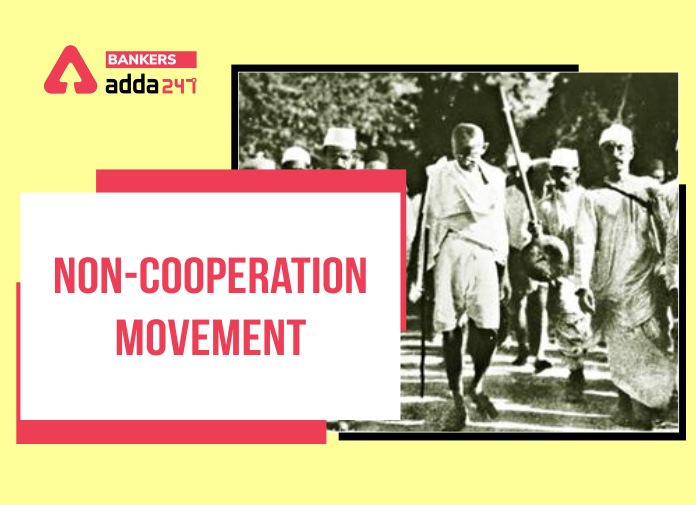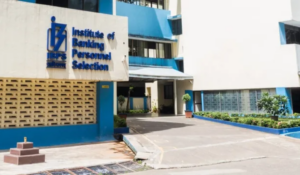Non-cooperation Movement: When you want to gain freedom through non-violence(ahimsa) and truth(Satya) as the only weapons. To drive a message to the Invaders to leave the country and give the indigenous people independence. You would have to devise innovative ways of protest; one such movement started by Mahatma Gandhi was a ‘non-co-operation’ movement. To resist the British rule in India, the non-violent means of satyagraha got used to fighting back the policies and atrocities that got meted out on the Indians.
A fight with a cause- Non-cooperation Movement
The fight for freedom was going on with several different methods. Some extremists used methods of violence to let the British understand they would get the same degree of hurt or killing of any Indian. Moderates believed in protests and marching out and sloganeering.
Some of the incidents that the British committed against the Indians incited all the freedom fighters. The harshness of the British resulted in a significant loss of human lives. It made the freedom fighters realize that a definite means had to be employed for the British to listen. To let them know that Indians will no longer tolerate such atrocities.
The Jallianwalla Bagh massacre, the reforms brought through Montagu Chelmsford, the Rowlatt Act, and Khilafat agitation caused a significant discord when people decided that they had enough of British rule. The protest of the national scale was underway, and in the year 1920, on August 1st, the people spoke, and the British had to listen. It was the Non-cooperation movement now aimed at attaining Swaraj, i.e., complete freedom and nothing less. The time to negotiate and bring changes in the Acts passed was long foregone. The people wanted to stand on free land which was rightfully theirs.
How the propagation of the movement happened
- Different rallies across the country got arranged, and Gandhiji was the principal speaker. It enabled to spark off the nationalism spirit in the youth, and thousands of them left their schools and colleges to be a part of this movement. The addressing of such rallies led to an increase in the strength of the people participating in the movement. Gandhiji knew that these numbers would shake the roots of the British, and they will have to come for talks and decide the future of the country.
- The boycott was not only carried out in educational institutions, but even the lawyers boycotted the courts. This movement was carried out by prominent leaders who were in the same field yet felt it is their bonded duty to fight for the cause of the motherland.
- Shops selling foreign cloth and outlets which sold liquor got picketed during this movement as a way of protest of not using the material that was not their own. The use of hand-spun khadi was gaining popularity as Gandhiji emphasized the use of such clothes will help support the domestic weavers who were the major sufferers in the import of foreign cloth. The charkha became a significant symbol for the freedom movement, and khadi became a part of the freedom struggle.
- All the Indians got asked to sever ties with the British army, which would be one of the ways of non-cooperating.
- Several of the people stopped paying taxes. The farmers led the march in many villages to fight against British rule. The tea planters went on strike as well.
The non-cooperation movement was in full swing till 1921, with all sections of the society getting involved in the movement. It was the time to follow this movement with the next big level blow to the rule of the British under the leadership of Gandhiji. The next movement of protest was Mass civil disobedience. But before anyone could follow up on that, the Chauri Chaura incident marred the infamous attack on the policeman who tried to stop the agitation which went out of hand, causing the mob to unleash their fury and hacking the policemen and burning down the police station.
Since the protest turned violent, Gandhiji had to suspend the non-cooperation movement on February 12th, 1922.
FAQ- Non Cooperation Movement
Q. When did the non cooperation movement start?
The non cooperation movement started on 1 August 1920.
Q. When did the non cooperation movement ended?
The non cooperation movement ended on 10 March 1922.
Q. Who led the non cooperation movement in India?
Mahatma Gandhi led the non cooperation movement
Q. Where was the non cooperation movement called off?
It was called off, after an angry mob murdered police officers in the village of Chauri Chaura.
Q. Why was non cooperation movement in India Launched?
Mahatma Gandi launched the non cooperation movement to cripple the British administration and to make tem realise they cannot rule the nation or function with the support of Indians.



 Profit, Loss & Discount – Concept + ...
Profit, Loss & Discount – Concept + ...
 IBPS RRB Clerk Shift Timings 2025, Check...
IBPS RRB Clerk Shift Timings 2025, Check...
 IBPS PO Interview Call Letter 2025 Out a...
IBPS PO Interview Call Letter 2025 Out a...







